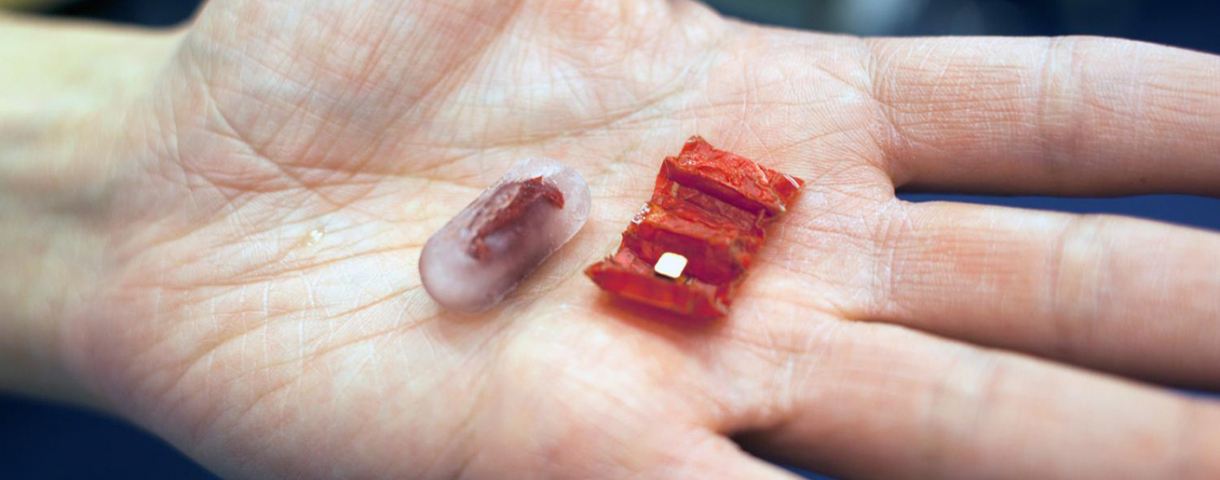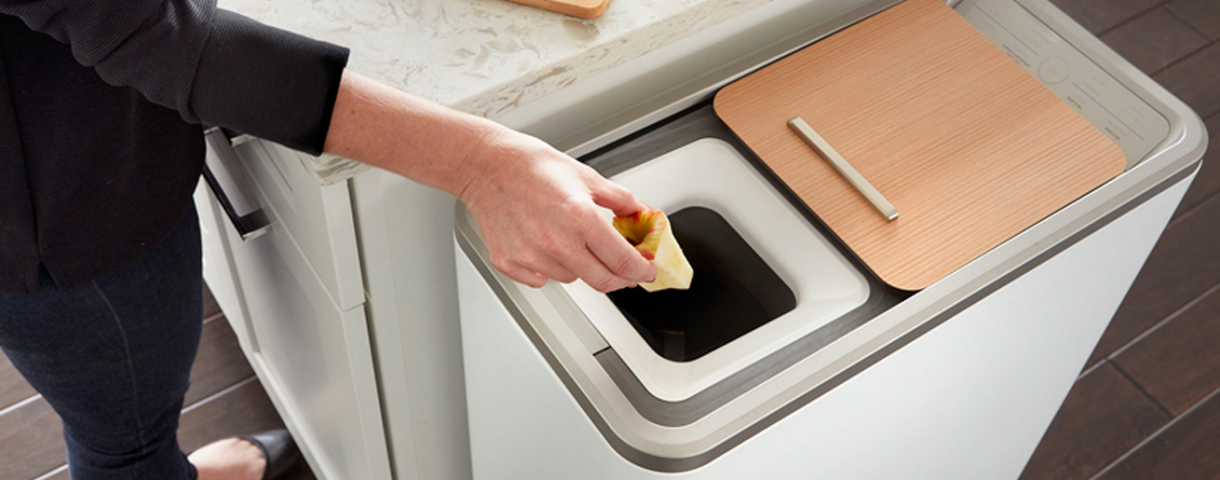In 2050, about 9.3 billion people will share our planet. Already today the world is facing intertwined challenges of food, water and energy security, coupled with climate change, desertification and shrinking forests.
The Sahara Forest Project (SFP) proposes to use restorative practices to establish vegetation in arid areas, combat climate change, and reverse desertification. SFP was designed to utilize what we have enough of to produce what we need more of, using deserts, saltwater and CO2 to produce food, freshwater and energy. SFP’s launch station will thus contain saltwater-cooled greenhouses that will utilize saltwater to provide excellent conditions for production of high-quality vegetables and fruit. Solar panels will provide power for the electrical installations in the facility. Outdoor growing zones will not only contribute yields from various crops but also store CO2 from the atmosphere into new vegetation of barren land. There will be a desalination unit with capacity of 10,000 liters fresh water per day.
SFP brings together existing and proven environmental technologies, benefiting from the synergies between them. It goes to market in August 2017, upon when the infrastructure will be ready, and the first vegetables, fruit and freshwater can be sent to the market. The opening of a facility in Jordan will be the beginning of the commercial phase of the Sahara Forest Project.






